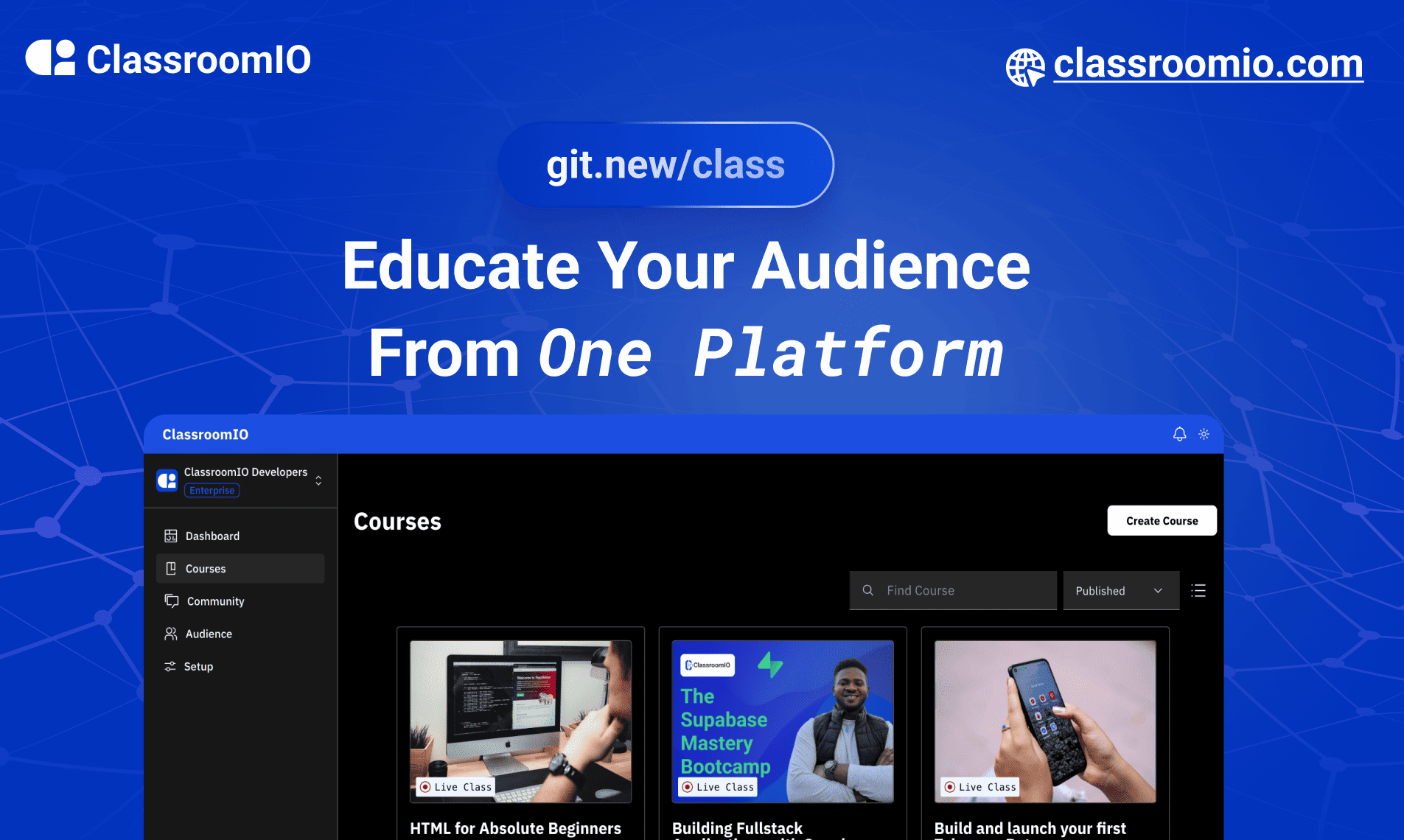- Friday Finds
- Posts
- Friday Finds — Picture Superiority, Improving MCQs, Learning Science
Friday Finds — Picture Superiority, Improving MCQs, Learning Science
❓Master MCQs, boost your learning, and...unlock the power of pictures? This week's got it all!
Sign up here to get Friday Finds in your inbox every Friday.
“It's good to learn from your mistakes. It's better to learn from other people's mistakes.”
It's finally Friday, and can we just say – whew! This week flew by in a whirlwind of activity. But fear not, because the weekend is here, and hopefully, you've got some awesome plans in store! Whether you're a weekend warrior or simply kicking back and relaxing, here is this week's newsletter to kick things off.
Thanks for reading!
🎶 What I’m Listening To
Is anyone else out there a Hall & Oates fan?
👆 Last Week’s Most Clicked
Cognitive Load, Student Attention, & PowerPoint Presentations
📰 News & Notes

The Picture-Superiority Effect: Harness the Power of Visuals
Ever notice how pictures stick in your mind more than words? That's the picture superiority effect in action! This article explores this phenomenon and how designers can use it to make things people will remember and enjoy.
It dives into what makes visuals memorable, like how long we see them, how clear they are, and if they stand out from the crowd. It then gives designers a toolbox of tips: put visuals where users linger, keep them clear and familiar, and make them unique. But remember, text is still your friend! Use both words and pictures to create a clear and usable experience.
🎯 Take away: People often remember visuals better than words. Designers can leverage the picture-superiority effect to make their content memorable and learnable.
Improving Multiple-Choice Questions: A Thought-Provoking Pause
Andrew Watson shares a game-changer for multiple-choice questions (MCQs)! Instead of just presenting options, some research suggests a strategic pause. Here's the trick: teachers ask the question, then wait before revealing the answers. This pause forces students to think critically and come up with their own answer. Research shows this "wait time" leads to deeper memory of the material. Plus, consider tricky distractors. By making wrong answers plausible, students have to analyze each option carefully, further solidifying their understanding.
🎯 Take away: A simple pause before revealing answer choices in multiple-choice questions can significantly boost student learning by fostering deeper cognitive engagement and recall.
List of Learning Science Principles You Should Know
Learning is about more than memorizing facts. Top researchers from Carnegie Mellon and beyond share their secrets to mastering any topic. Discover powerful techniques like spaced repetition and multimedia learning, plus tips for boosting engagement with real-world examples. This article is packed with practical strategies for students and teachers alike, including how to improve memory and maximize learning.
🎯 Take away: Move beyond content dumps! Learning that aligns with spaced repetition, active participation, and real-life scenarios fosters deeper understanding and lasting educational impact.
We help organizations move from instructor-led training to eLearning! If you’re motivated to reduce costs, improve convenience, or increase engagement – learn how we can help you.
🧰 Tech Tools & Tips
If tools are your jam, check out my new Work Smarter newsletter.
Jotform Tables transforms your form data into a powerful workspace in seconds. With three new collaboration features, collecting, managing, and organizing your data has never been easier.
🎧 Podcast
This is the conversation that caught my ear this week. Check out previous episodes in the Friday Finds podcast playlist.
🧳 Where’s Mike?
ATD ICE, New Orleans May 19-22
Canadian eLearning Conference, Toronto, June 13-14
Greater Cincinnati ATD, September 4
DevLearn, November 6-8
If you or your event needs a speaker or workshop that is highly interactive and super practical, we should talk.
sponsored
6 Steps Toward Effective Multilingual Online Learning
More and more teams and organizations are working remotely, employing experts from all over the globe. This change goes hand in hand with the need for effective training to equip a diverse, international workforce with the necessary skills to propel a business forward.
This guide from iSpring is built to help you navigate this challenge and create a solid eLearning localization strategy for your organization. Inside, you’ll discover the 6 essential steps to building a localization protocol that will make your training relevant and engaging for trainees, regardless of their location, native culture, or mother tongue.
Like this post? Share it with someone you love. Don't like it? Share it with someone you don't!
Friday Finds is an independent publication that I produce in my free time. You can support my work by sharing it with the world, booking an advertising spot, or buying me a coffee.







Reply